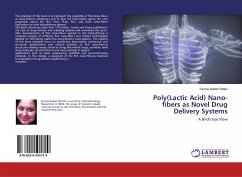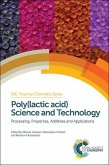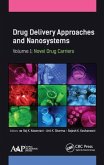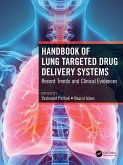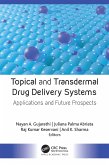The objective of this book is to highpoint the possibility of PLA Nano-fibers as drug-delivery substances and to give full information about the new progresses about the PLA, PLLA, PLDL, PLCL and PLGA nano-fibers fabrication as novel drug-delivery systems.This Book references more than 170 articles , books and thesis published in the case of drug delivery and releasing systems and summaries the up-to-date developments of PLA nano-fibers applied in this field,offering a complete analysis of different PLA nano-fibers and related technologies applied for fabricating useful PLA drug-delivery nano-systems. The subjects of this book primarily focus on production approaches, mechanical and structural specifications and natural activities of PLA nano-fibrous structures holding various kinds of drugs like herbal drugs, synthetic small drug molecules, growth-factors and nano-particles in severalapplications such as tissue engineering scaffolds and wound-dressing materials. In the ending, aviewpoint of the PLA nano-fibrous materials functionality in drug-delivery engineering isincluded.
Bitte wählen Sie Ihr Anliegen aus.
Rechnungen
Retourenschein anfordern
Bestellstatus
Storno

